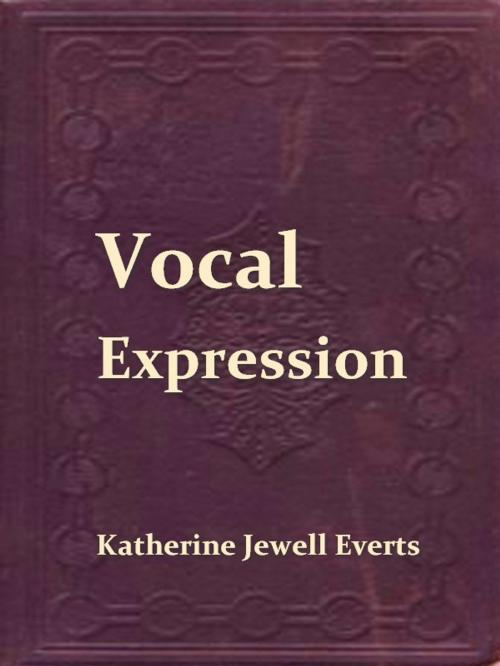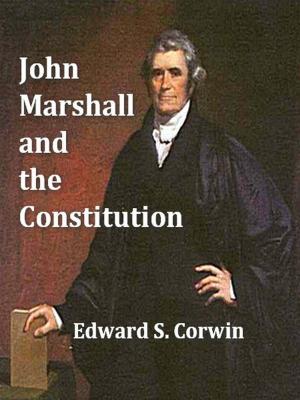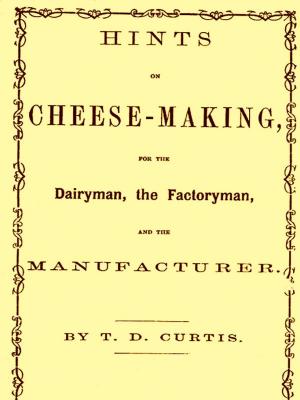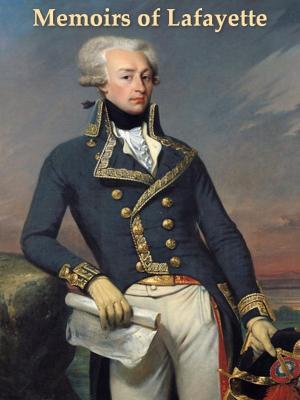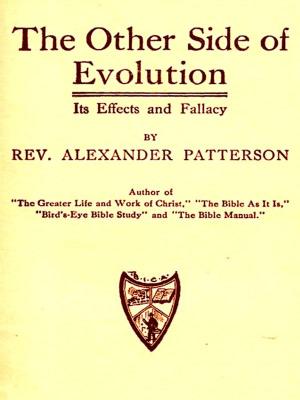Vocal Expression; A Class-book of Voice Training and Interpretation
Nonfiction, Entertainment, Music, Instruments & Instruction, Voice, Songbooks, Musical Scores| Author: | Katherine Jewell Everts | ISBN: | 1230000128296 |
| Publisher: | VolumesOfValue | Publication: | April 28, 2013 |
| Imprint: | Language: | English |
| Author: | Katherine Jewell Everts |
| ISBN: | 1230000128296 |
| Publisher: | VolumesOfValue |
| Publication: | April 28, 2013 |
| Imprint: | |
| Language: | English |
This edition features a linked Table of Contents
CONTENTS
To the Pupil
Introduction
PART I
STUDIES IN VOCAL INTERPRETATION
Preliminary Study:—To Establish a Conscious Purpose.
Discussion:—The Relation of the Speaker to His Audience.
Material:—Direct Appeal in Prose and Verse, with Suggestive Analysis.
Selections for Interpretation.
First Study:—To Establish Vitality in Thinking.
Discussion:—Action of the Mind in Reading Aloud.
Material:—The Essay and Didactic Poetry, with Suggestive Analysis.
Selections for Interpretation.
Second Study:—To Establish Intelligence in Feeling.
Discussion:—Emotional Response and Abandon.
Material:—Lyric Poetry, with Suggestive Analysis.
Selections for Interpretation.
Third Study:—To Develop the Whimsical Sense.
Discussion:—Humor and Fancy.
Material:—Fairy Story, Fable, and Nonsense Rhyme, with Suggestive Analysis.
Selections for Interpretation.
Fourth Study:—To Develop Imaginative Vigor.
Discussion:—The Picture, the Atmosphere, the Action.
Material:—Short Story and Epic Poetry, with Suggestive Analysis.
Selections for Interpretation.
Fifth Study:—To Develop Dramatic Instinct.
Discussion:—Impersonation and Characterization.
Material:—Monologue and Play, with Suggestive Analysis.
Selections for Interpretation.
PART II
STUDIES IN VOCAL EXPRESSION
Introductory Discussion:—The Vocal Vocabulary.
Study in Pause and Change of Pitch.
Study in Inflection.
Study in Tone Color.
PART III
STUDIES IN VOCAL TECHNIQUE
Introductory Discussion:—Tuning the Instrument.
How to Support the Tone. Directions and Exercises.
How to Free the Tone. Directions and Exercises.
How to Re-enforce the Tone. Directions and Exercises.
This edition features a linked Table of Contents
CONTENTS
To the Pupil
Introduction
PART I
STUDIES IN VOCAL INTERPRETATION
Preliminary Study:—To Establish a Conscious Purpose.
Discussion:—The Relation of the Speaker to His Audience.
Material:—Direct Appeal in Prose and Verse, with Suggestive Analysis.
Selections for Interpretation.
First Study:—To Establish Vitality in Thinking.
Discussion:—Action of the Mind in Reading Aloud.
Material:—The Essay and Didactic Poetry, with Suggestive Analysis.
Selections for Interpretation.
Second Study:—To Establish Intelligence in Feeling.
Discussion:—Emotional Response and Abandon.
Material:—Lyric Poetry, with Suggestive Analysis.
Selections for Interpretation.
Third Study:—To Develop the Whimsical Sense.
Discussion:—Humor and Fancy.
Material:—Fairy Story, Fable, and Nonsense Rhyme, with Suggestive Analysis.
Selections for Interpretation.
Fourth Study:—To Develop Imaginative Vigor.
Discussion:—The Picture, the Atmosphere, the Action.
Material:—Short Story and Epic Poetry, with Suggestive Analysis.
Selections for Interpretation.
Fifth Study:—To Develop Dramatic Instinct.
Discussion:—Impersonation and Characterization.
Material:—Monologue and Play, with Suggestive Analysis.
Selections for Interpretation.
PART II
STUDIES IN VOCAL EXPRESSION
Introductory Discussion:—The Vocal Vocabulary.
Study in Pause and Change of Pitch.
Study in Inflection.
Study in Tone Color.
PART III
STUDIES IN VOCAL TECHNIQUE
Introductory Discussion:—Tuning the Instrument.
How to Support the Tone. Directions and Exercises.
How to Free the Tone. Directions and Exercises.
How to Re-enforce the Tone. Directions and Exercises.
